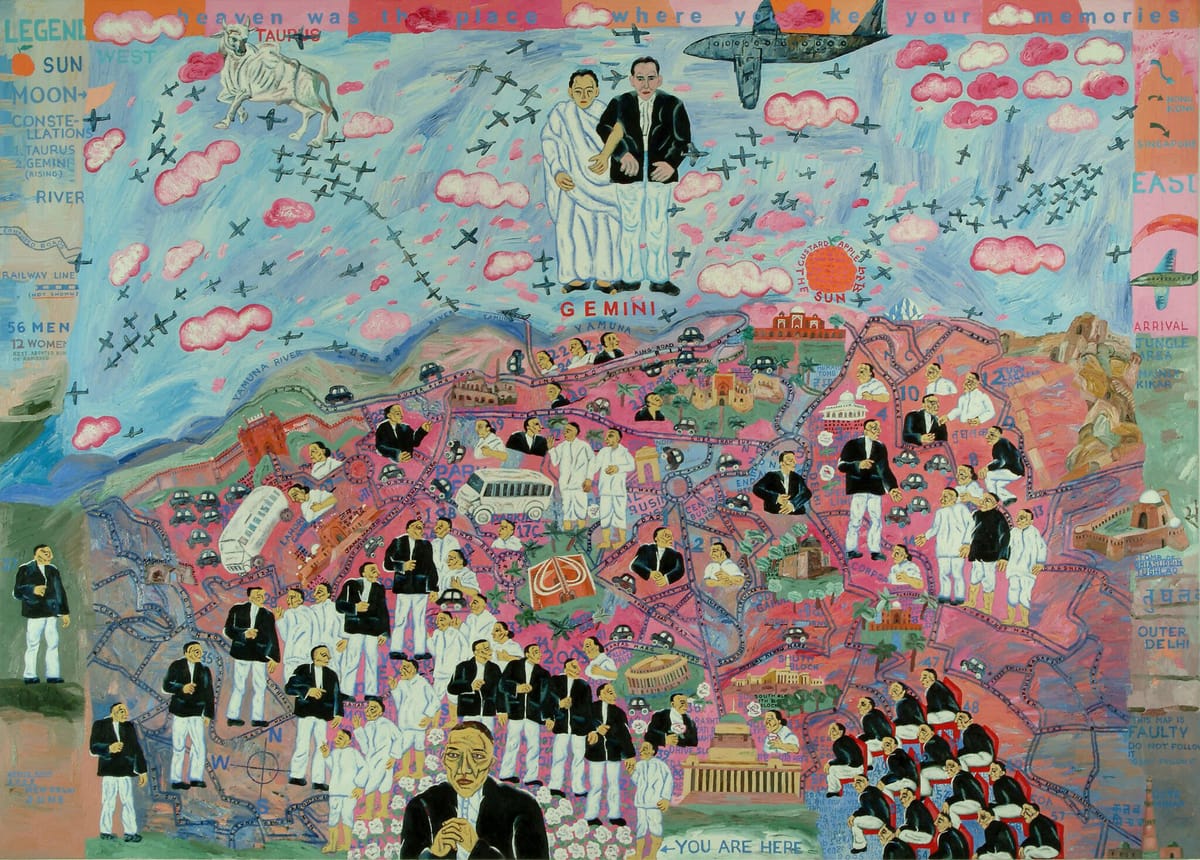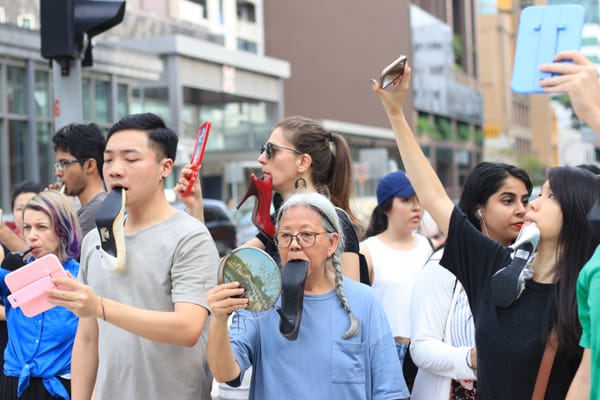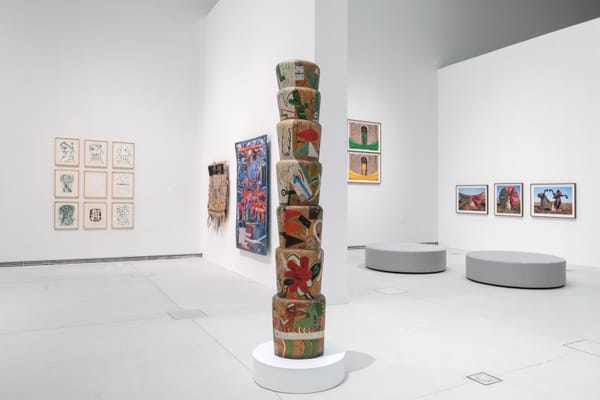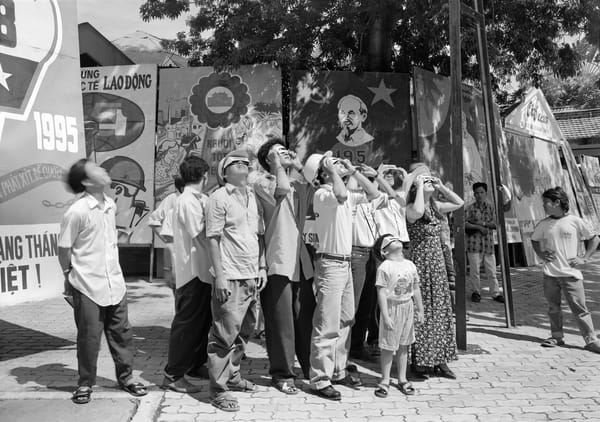Issue
London: Arpita Singh: Remembering

Arpita Singh
Remembering
Serpentine Galleries
London
“Amnesia lies at the core of the digital age. We have an overflow of information but not necessarily more memory,” said Hans Ulrich Obrist, artistic director of London’s Serpentine Galleries, to mark the opening of Arpita Singh’s exhibition at the gallery in March. “Remembering,” which brought together 165 works created by Singh over the course of her prolific six-decade career, was the artist’s first solo show outside of her native India.
As its title suggests, the survey highlighted Singh’s exploration of memory—especially recollections of war, gender-based violence, and communal riots. Singh portrays the human body as a recipient of collective memories, inherited at birth. These individual, ancestral, and social recollections come together in thick paint on her borderless canvases. As Obrist notes, by “engaging with the local and the global, exploring influences of Bengali folk art as well as a modernist exploration of identity, [Singh] brings the universe onto her canvas.”
Less than a decade into her career, Singh moved away from figuration, spending six years repeating dots and lines in black and white across her compositions, reverting back to basic elements to learn how to intuitively create forms in relation to one another. When one day Singh’s painting knife accidentally formed an X, she interpreted it as the Roman numeral and from then on, words and symbols began to appear on her canvases.
Singh’s figures, rendered in her signature faux-naïve style, appear untethered from gravity. My Lollipop City: Gemini Rising (2005), for example, shows a couple floating in a blue sky among pink-bordered clouds, a large white bull, and a number of planes. Below these figures lies a map of Delhi depicting monuments, white buses, men dressed in black jackets, and the words “This Map Is Faulty / Do Not Follow It”—an allusion to the sense of failing governance in the city.







